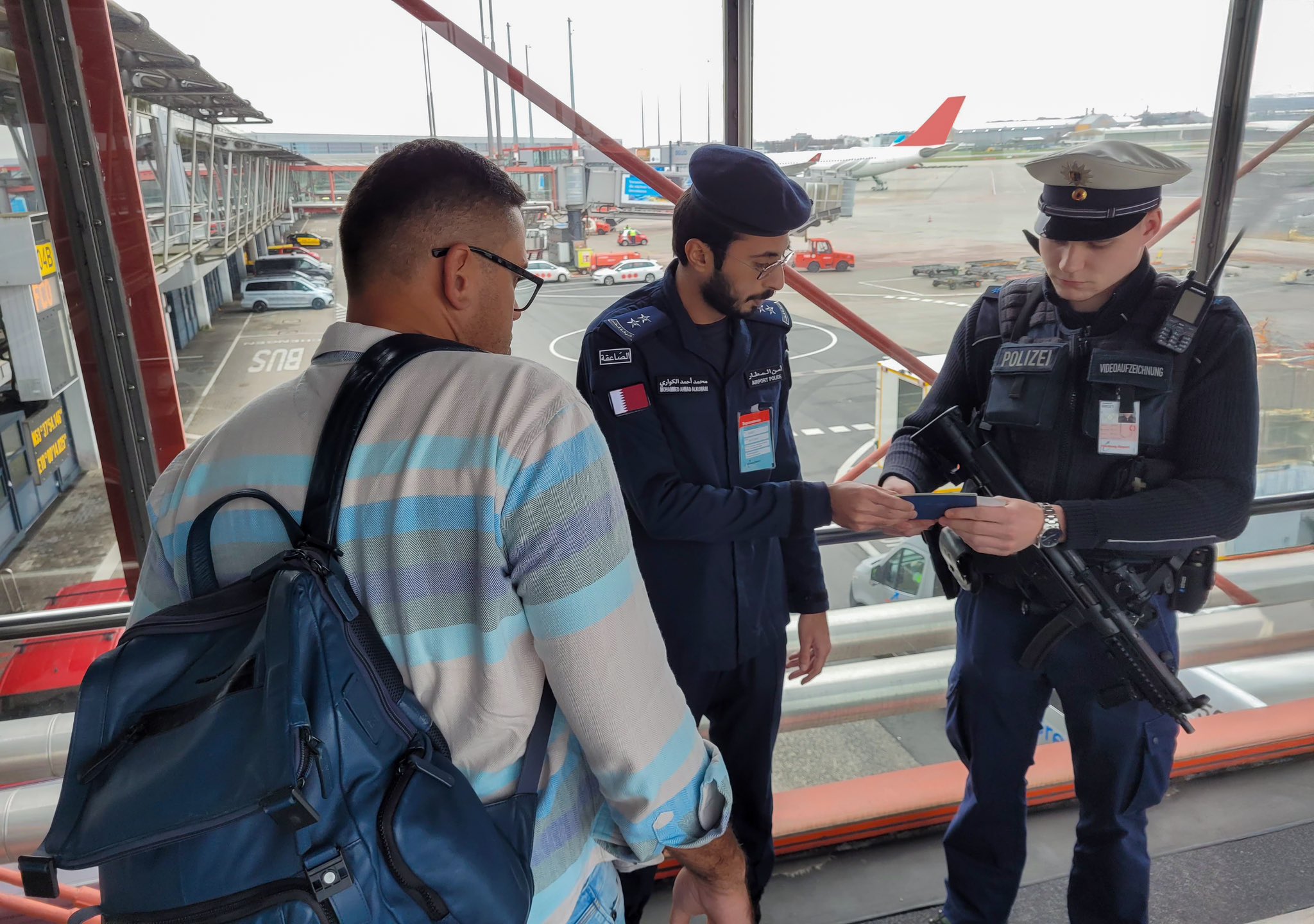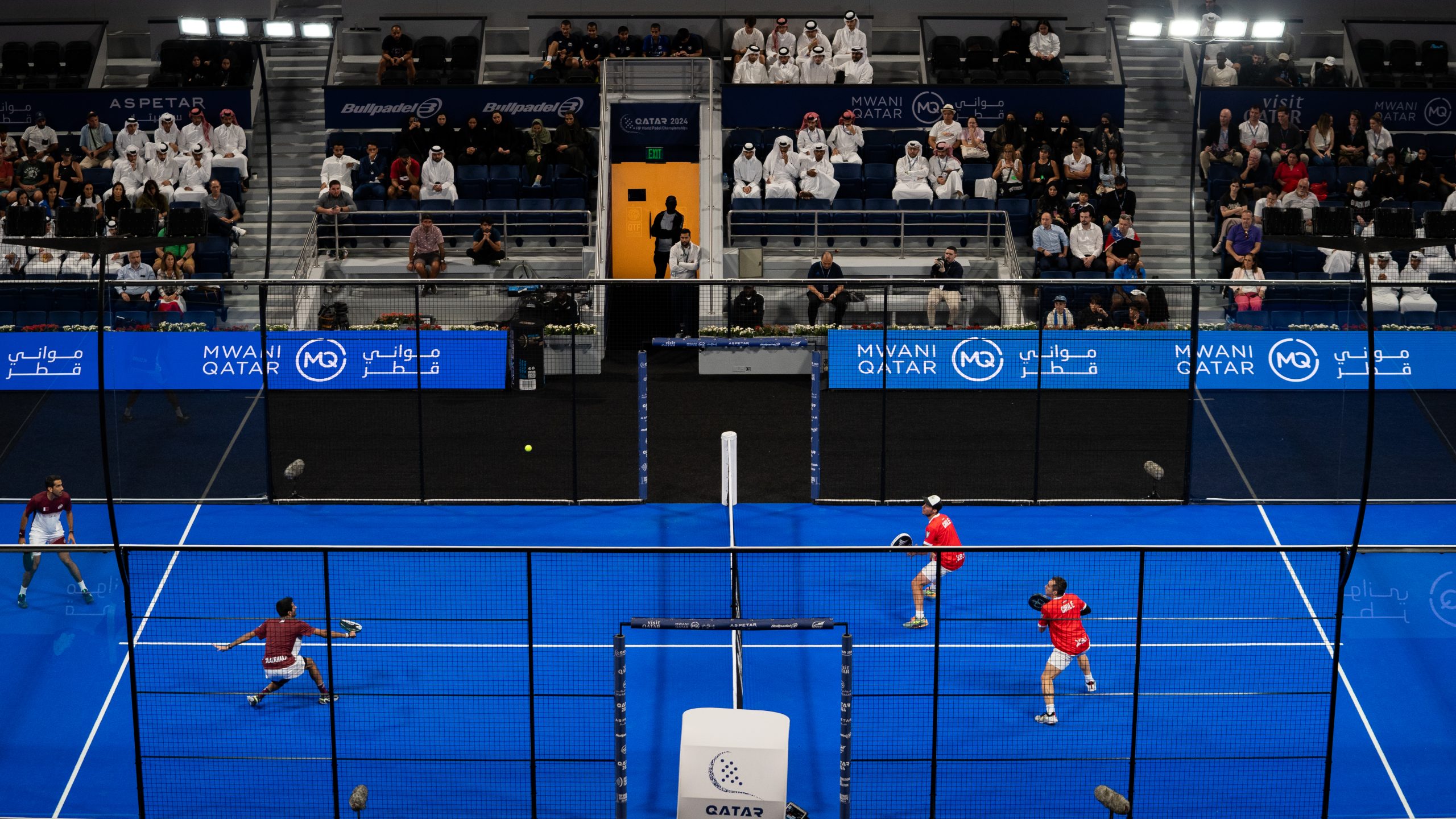The stadium, which is the first fully demountable covered football stadium, is a tribute to Qatar’s dedication to cost-effective sustainability.
Stadium 974, which was constructed using 974 shipping containers and represents Qatar’s international dialling code, is set to be dismantled after hosting World Cup matches.
The stadium hosted its final game, which saw Brazil and South Korea fight for a spot in the quarter-finals.
However, it will not be the last time the stadium hosts an audience. In ten days, Qatar Fashion United by CR Runway is scheduled to rock the stadium with 150 designers from six continents and 50 countries, alongside performances by world renowned artists like Post Malone, Ozuna, and more.
Several sources report that the dismantled stadium could be transported to nations in need of infrastructure, and the area of the deconstructed stadium will be used to make way for a waterfront business development.
According to the official website, “the containers and super-structure will be reused.”
Due to the lack of air conditioning in the stadium, games have only been scheduled in the evening, when temperatures are noticeably lower than during the day.
Seven games were played at Stadium 974, located in Ras Abu Aboud, Doha. It had a maximum seating capacity of 44,089 people.
The stadium, which is the first fully demountable covered football stadium, is a tribute to Qatar’s dedication to cost-effective sustainability.
Plans have also been made for what will happen to the other stadiums after the tournments.
‘No white elephants’
Several stadiums were left empty, with no long-term use after the last three World Cups in South Africa, Brazil, and Russia. However, Qatar plans to break the pattern of ‘white elephants’ this time around.
Seven of the eight world-class stadiums for the upcoming tournament were built from scratch in Qatar, while the other was heavily renovated.
Secretary General of the World Cup organising body, Hassan Al Thawadi, previously said every stadium complied with sustainability standards to ensure use afterwards.
“We have recycled and reused wherever possible and implemented a vast range of energy and water efficiency solutions,’” he said in a document on the stadiums.
“We have used materials from sustainable sources and implemented innovative legacy plans to ensure our tournament doesn’t leave any ‘white elephants’,” he said, referring to a term used to describe an expensive possession of no use.
As part of a sustainability initiative, the majority of the 2022 World Cup’s venues will reduce their post-tournament capacity from 40,000 to 20,000.
Authorities in Qatar have promised to provide 170,000 of removed seats from stadiums to underdeveloped nations.
“(They) will be offered to countries who need sporting infrastructure,” Ali Al Dosari, the stadium’s director of installations, said in a press release. “This will allow the culture of soccer to be promoted and to a greater extent the love of sport throughout the world.”
Post-tournament, local football clubs Al Rayyan and Al Wakrah, two of the top teams in the Qatar Stars League (QSL), will move their base into the new World Cup stadiums.
Al Rayyan, one of the 12 teams in the Qatar Super League will be hosted in the 40,000-seat Ahmad Bin Ali Stadium.
As for Al Janoub Stadium, local club Al Wakrah will continue to play matches at the facility as part of the QSL, though with a reduced capacity of 20,000 after the tournament.
The Khalifa International Stadium, the oldest of the eight having been first built in 1976, is in the heart of Doha and was extensively refurbished to accommodate 40,000 spectators.
The Arabian Gulf Cup, the FIFA Club World Cup, and track and field world championships have all taken place in the often-used stadium.
Following the World Cup, the Khalifa Stadium will continue to host matches and big tournaments.







